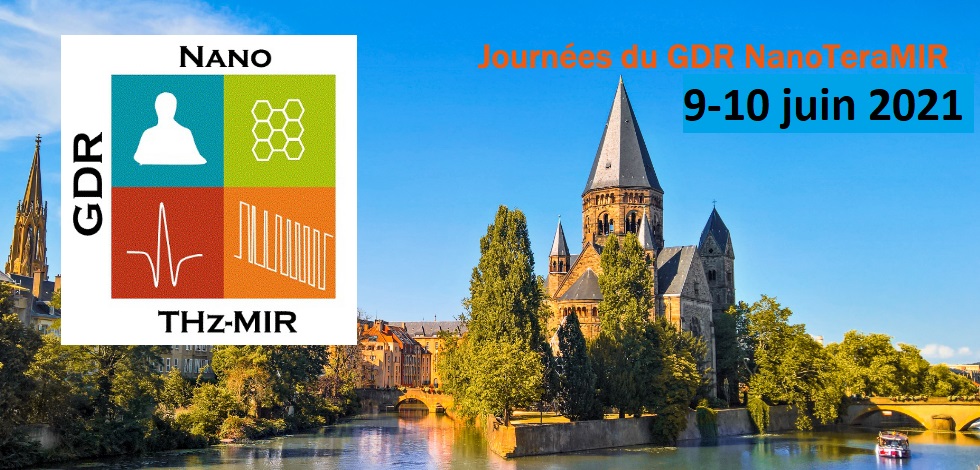Mercury telluride (HgTe) colloidal quantum dots are among of the most versatile infrared (IR) materials with the absorption of first optical absorption which can be tuned from visible to the THz range. Therefore, they have been extensively considered as near IR emitters and as absorbers for low-cost IR detectors. However, the electroluminescence of HgTe remains poorly investigated in spite of its ability to go toward longer wavelengths compared to traditional lead sulfide (PbS). Here, we demonstrate a light emitting diode (LED) based on an indium tin oxide (ITO)/zinc oxide (ZnO)/ZnO-HgTe/PbS/gold stacked structure, where the emitting layer consists of a ZnO/HgTe bulk heterojunction which drives the charge balance in the system. This LED has low turn-on voltage, long lifetime, and high brightness. Finally, we conduct short wavelength infrared (SWIR) active imaging, where illumination is obtained from a HgTe NC-based LED, and demonstrate moisture detection.

|
Electroluminescence from HgTe quantum dots and its Use for Active Imaging
1 : Sorbonne Université
CNRS : UMR7588, Université Paris-Sorbonne - Paris IV
2 : sorbonne université
CNRS : UMR7588
4 place jussieu, 75005 Paris -
France
|
| Personnes connectées : 1 | Vie privée |

|

